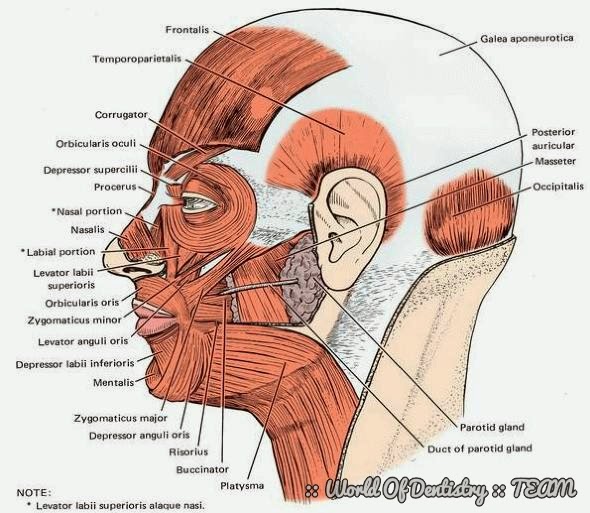1- ABSOLUTE CONTRAINDICATIONS
Implants can not be placed in these situations:
Heart:
• Heart diseases affecting the valves (valvulopathy)
• Recent infarcts
• Severe cardiac insufficiency, cardiomyopathy
Miscellaneous:
• Active cancer, certain bone diseases (osteomalacia, Paget’s disease, brittle bones syndrome, etc.),
• Certain immunological diseases, immunosuppressant treatments, clinical AIDS, awaiting an organ transplant,
• Certain mental diseases,
• Strongly irradiated jaw bones (radiotherapy treatment),
• Treatments of osteoporosis or some cancers by bisphosphonates
Age:
• Children: not before the jaw bones have stopped growing (in general 17-18 years).
On the other hand advanced age does not pose problems if the patient’s general condition is good.
-----------------------------
2- RELATIVE CONTRAINDICATIONS
The indication to place implants will be evaluated on a case-by-case basis, with the greatest caution:
• Diabetes (particularly insulin-dependent),
• Angina pectoris (angina),
• Seropositivity (absolute contraindication for clinical AIDS),
• Significant consumption of tobacco (read pdf)
• Certain mental diseases,
• Radiotherapy to the neck or face (depending on the zone, quantity of radiation, localisation of the cancerous lesion etc.),
• Certain auto-immunes diseases,
• Drug and alcohol dependency,
• Pregnancy.
---------------------------
3- RELATIVE LOCAL CONTRAINDICATIONS
The indication to place implants will be evaluated on a case-by-case basis, with caution:
• An insufficient quantity of bone.
• Certain diseases of the mucous membranes of the mouth.
• Periodontal diseases (loosening of the teeth); it is necessary to clean up the gums and stabilise the disease first.
• Severe grinding or clenching of the teeth.
• An unbalanced relationship between the upper and lower teeth.
• Infections in the neighbouring teeth (pockets, cysts, granulomas), major sinusitis.
• Poor hygiene of the mouth and teeth.
------------------------------------
This Article has been edited By :: World Of Dentistry :: TEAM
For any questions and suggestions please don't be hesitate to feedback us.
Yours,
:: World Of Dentistry :: TEAM









